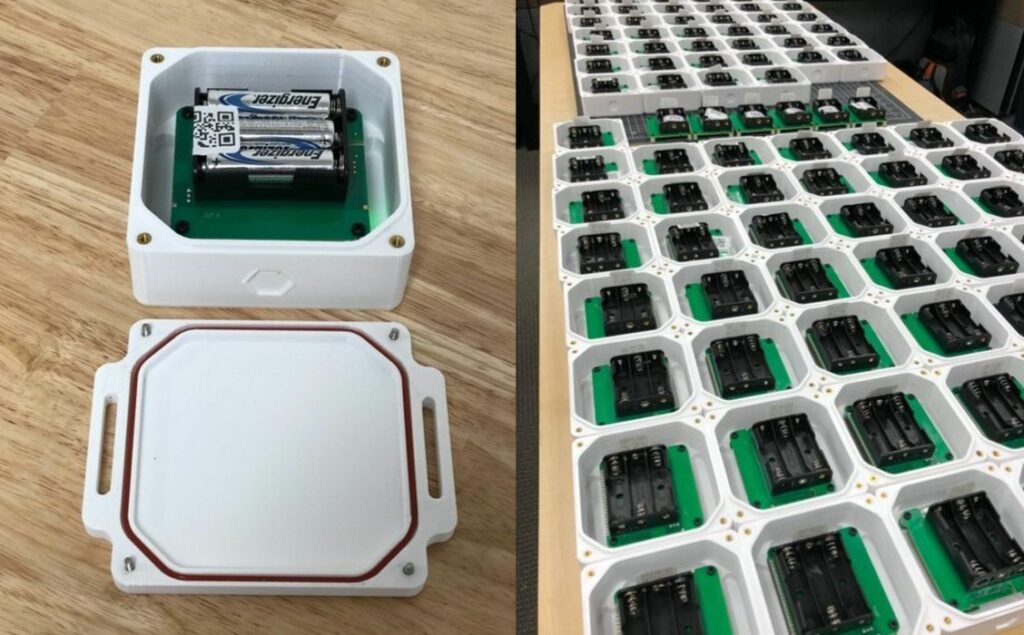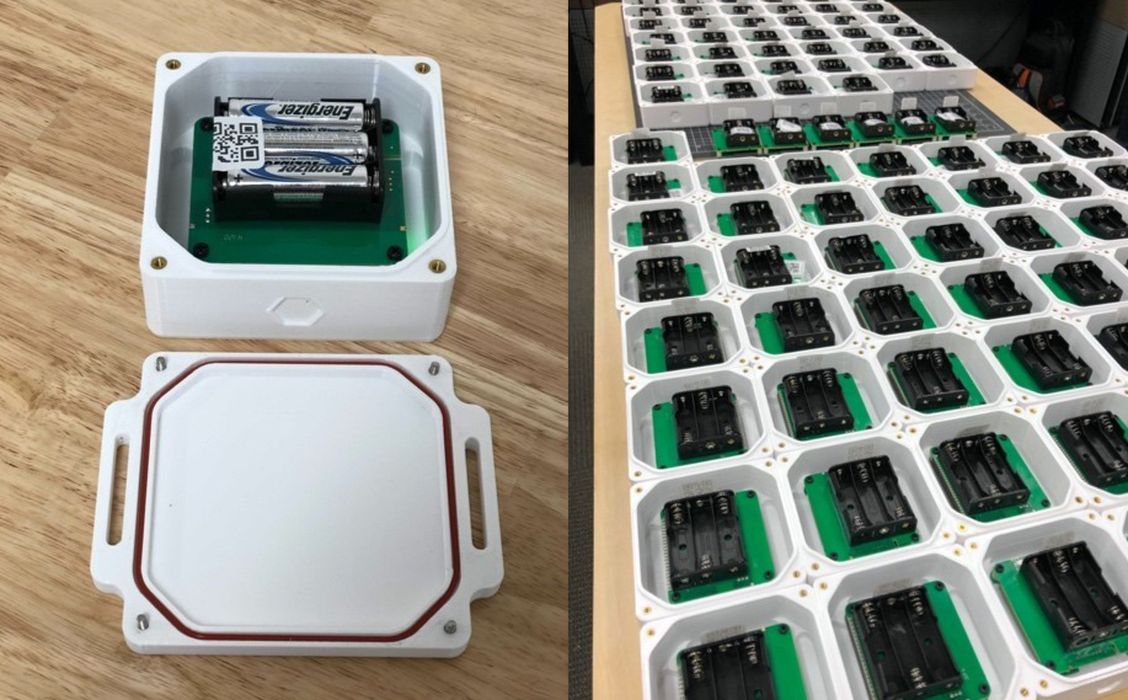
There’s plenty of 3D print materials available, but what about ESD-safe filament?
ESD is short for “electrostatic discharge”. That’s the electricity effect where an electrical charge builds up in one body, and then suddenly transfers to another.
Static discharge can be fun when shocking your friends, but it can be catastrophic when dealing with electrical devices. The sudden surge of electricity flowing through a circuit can instantly damage delicate electronic chips and components.
Every material has some level of electrical conductivity, but it can vary significantly. For most 3D printing projects, ESD doesn’t really matter because the parts are for mechanical purposes. However, the situation changes dramatically when there are electronic components involved.
I recall a friend designing case for a handheld transmission device. His big concern was the conductivity of the case, as even slight changes could compromise the viability of the device’s transmit and receive capabilities.
Because of that concern, he spent time looking through the electrical characteristics of several available 3D print materials. I’m not sure if he found what he needed, but he had a problem many in that position have: lack of documentation.
The spec sheets for almost all 3D print materials never seem to mention anything about the substance’s electrical properties.
Some materials, however, do have such specifications, and this is most often found on ESD-safe materials.
These are 3D printable polymers that have significant electrical resistance. In other words, if they are hit with an electrical discharge, those electrons don’t go very far. That keeps the delicate electronics safe inside.
One notable recent example of use of ESD-safe materials was done by a client of Essentium, Additive at Scale. They worked with an unnamed company that required rapid development and deployment of 100 asset tracking devices for a fleet of trucks.
That seems to be a typical rapid 3D printing project, but the tracking device would be subject to difficult outdoor operating conditions. Essentium explains how the problem was solved:
”The enclosures require a specific form factor, custom PCB mounts, and a rugged design for outdoor installations – all of which can be costly and time-consuming when using traditional production methods.
To overcome the challenges, Additive at Scale designed an electronic enclosure with an O-ring groove and seal, threaded inserts, and custom PCB mounts. It printed 100 units for its pilot phase with an Essentium HSE 180 ST 3D Printer. The Additive at Scale team chose to use Essentium PCTG-Z for its electrostatic discharge (ESD)-safe properties, impact strength, chemical resistance, and low cost.”
The ESD-safe material would be able to circumvent any electrical issues that could potentially develop in trucking scenarios, as well as meeting mechanical and chemical resistance requirements.
ESD-safe materials should be used more by industry, as they have benefits in many areas. For example, jigs and fixtures for manufacturing assembly are often 3D printed, but how about using ESD-safe materials to produce them when building electronic devices? What about situations where there is a risk of explosion and components have to actively prevent the development of static discharges?
When you think about it, there are quite a few areas of application for ESD-safe materials, and more than likely ESD-safe materials have not been used in cases where they should have been.
Via Essentium

